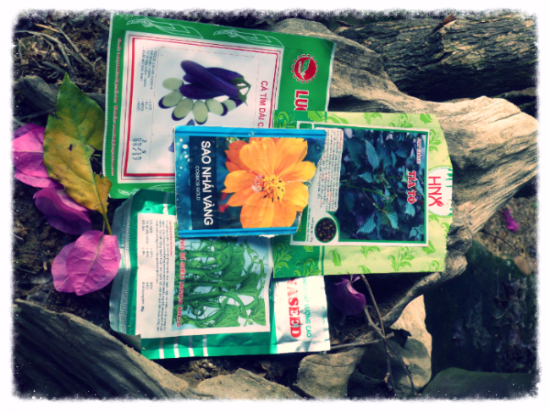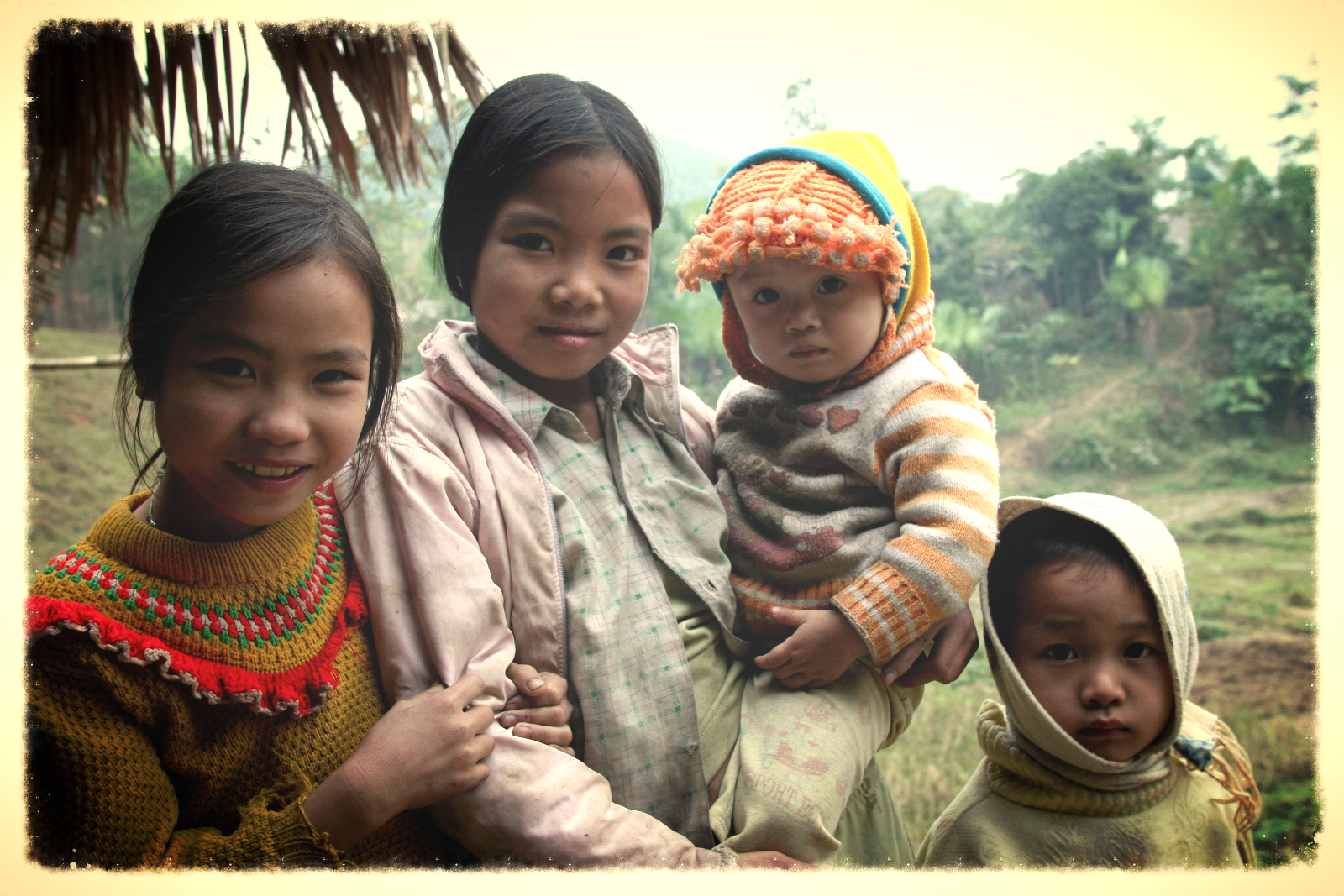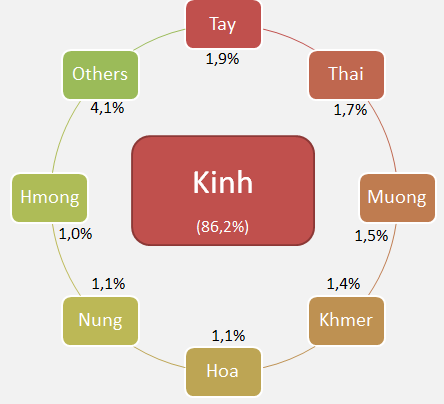|
|
|
|
Here we are again, full of news!
A new quarter is already over, meaning it is time for your newsletter! A lot of things happened since then, and it is time to share our new stories with you, as well as tell you more about the culture surrounding LaVieVuLinh.
Even though July & August were low season, clients were able to enjoy the sun with a swim in the lake, a nap in the hammock, or a hike in the jungle to the waterfalls for the brave ones!
We also received a new volunteer from the Basque country in France who is a carpenter and helped us improve our site so we can provide you with a better experience. Oh yes, there is a lot to do while everyone is on holiday! Although removing the roof to fix it right before the rain was probably not the best idea, everyone gathered to help and it was nice to see such a team spirit not only when things go right!
Yes, LaVieVuLinh is also a project with people (volunteers, interns, apprentices, employees) sharing the same values.
In order for you to be aware of the environment, we have decided to write about the work that our summer volunteer Camille has done in agroforestry by building a vegetables garden. Another article is dedicated to the Dao ethnicity: who are they? How do they dress? What do they cook? This, via an interview of a Dao herself.
The LaVieVuLinh Team wishes you a great winter 🙂
|
|
 |
|
Report on the ecology at LaVieVuLinh and our agroforestry project
|
 |
|
Immersion in the life of the Dao minority
|
|
|
Ecology on site
By Estelle Soulet, intern at LVVL and student in sustainable tourism
Since its creation, the sustainable development project of LaVieVuLinh has always aimed at going beyond simple ecotourism activities. For us LaVieVuLinh also means being autonomous regarding our food resources and spreading in the surroundings reasoned agriculture practices.That is how the agroforestry project was born 4 years ago and, more recently the permaculture vegetable garden.
Agroforestry and permaculture, what do these words mean?
Agroforestry refers to a way to exploit a fruit garden. When the trees are planted, the species are mixed, reproducing what happens in the nature. Thus, the species protect each other avoiding the use of chemical products. Moreover the presence of this fruit jungle encourages biodiversity, which is clearly threatened by the mono cultures of the surroundings.
The agroforestry project of LaVieVuLinh represents 10 species of fruit trees dispatched within 4000 m².
During the spring, Thierry, a volunteer engineer in botanic, helped us to establish a picture of the advancement of our agroforestry project.Permaculture is a way to cultivate that intends to reproduce the cycle of the nature in order to maximize the yield of the production while minimizing the human intervention and the use of inputs (herbicide, pesticide…). It is Camille, the summer volunteer, who launched again the vegetable garden by planting local species. Thanks to her, we now have a vegetable garden composed of squashes, beans, rau cai, rau mong,…
In addition to a relative autonomy, these projects are destined to spread reasoned agricultural practices in the area. Indeed, local farms are mainly focusing on the monoculture of rice, eucalyptus and cassava.
This way if our project is successful we hope that it will encourage local population and call their interest to take part in our reasoned agriculture methods, and, who knows, initiate a change towards more environmental friendly farming methods.
|
|
|
The Dao what?
As you may know, Vietnam gathers 54 different ethnicities in only one country.

|
|
The Kinh, biggest ethnicity in Vietnam, located in the main cities such as Hanoï and Ho Chi Minh City as well as on the coast of the Mekong Delta, are the people you might have encountered the most during your stay in Vietnam.
However, the country is plenty of minorities, sometimes very small – up to only a hundred of people – sometimes with their own type of food, of clothes, their own religion, style of accommodation, of plantation (rice, tea, coffee) according to their environment, making it even more interesting to discover and travel, as they still represent 8 million people.
*The Thai, for instance, came from Thaïland and some are living around 4 hours away from Hanoï, in Mai Chau Valley.
*The Hoa (1.1% of the total population) are Chinese who came in the 18th century.
*The Khmer are the indigenous since they have always lived by the Mekong Delta, even before the Kinh settled in.
|
|
| Our project LaVieVuLinh is located amongst one of those small ethnicities, called the Dao. But even the ethnicities have sub-minorities, such as the Dao Quan Trang (white trousers) at the heart of which the eco-lodge lays. Around 474 000 people are part of it, and it remains one of the poorest communities in the country. |
|
What is for you the main aspect differentiating the Dao Quan Trang culture from the other Dao?
The main difference between Dao Quan Trang and other Dao is the clothes. For example, the Dao Quan Trang wear white trousers for their wedding while the red Dao have mainly red clothes. There are also some differences in the language.What is your favorite aspect of the culture?
My favorite aspect of the Dao culture is our clothes. They are very beautiful and reflect the originality and specificity of our culture.
Do you have a little “anecdote” about something that occurred in history and is related to the Dao?
Well, there used to be tigers in Northern Vietnamt! The last tiger next to my village was killed when I was 2 years old (she is 26 now). This tiger got into the community through a cow’s fence, jumping a 4 meters wall. Tigers used to be important to the Dao culture as they were part of the daily life.
|
|
|
*Bottom left corner: This embroider represents 4 faces representing the human being. In the same style, Nhay Lu is the symbol of the man: the story says that he once fell in love with… a shrimp!
*In the middle picture is the mother flower, the biggest part of the brassiere, feature related to beautyApparently, the Dao customize their clothes and embroider them according to what happened in their life. Is it true? If so, what is represented on yours?
It is more a way to protect us and to remind us from where we come from. For example, the bird, that Dao people see every day when they are working in the fields or in the forest (cf. top left picture), as well as the Cu Mai flower which is supposed to bring us luck.
In the past, the Dao used to eat the roots of this tubercle because they could find it the mountain. It reminds us the time when life was more difficult and when Dao needed to go up in the mountain to find this plant to eat. So it represents luck because poor people were lucky to have cu mai to eat.
Also we have stars and flowers which are mainly for aesthetics, to bring the attention on these good looking features.
They also have representations of tiger claws, in memory of the daily life in more ancient times, and they usually include a spider in it to represent the symbol of long life: people wanted to be strong as a tiger and also have the longevity of a spider.
Which sort of food do you have?
Most of our meals are made out of rice, which can be cooked, steamed, sticky, colored, and we also have steamed and cooked tubers as well as maniocs and millet cakes.
Specialty: Multicolored rice
Through LaVieVuLinh, we are trying to transmit our culture from generations to generations but also to visitors curious and willing to learn more about one of the Vietnamese ethnicity!
|
|
|
|
|
|
|
|
|
|
Leave a Reply